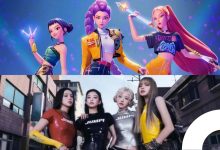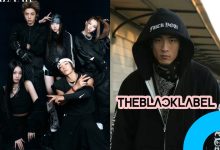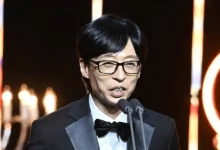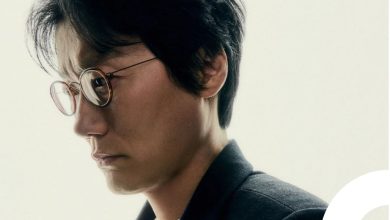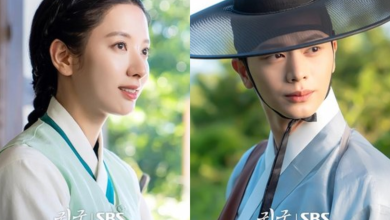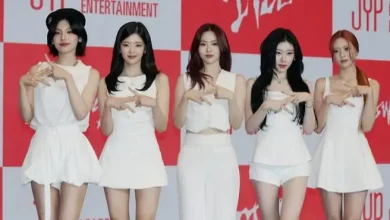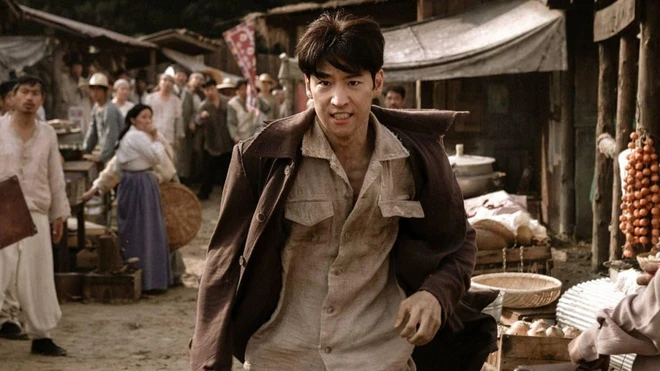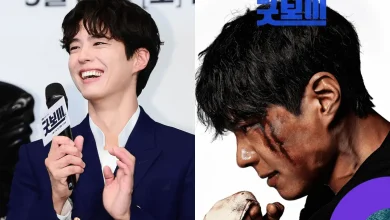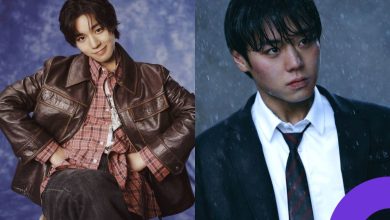K-Pop: Demon Hunters’ Director Reveals Reasons for Collaborating with Lee Byung-hun and Ahn Hyo-seop
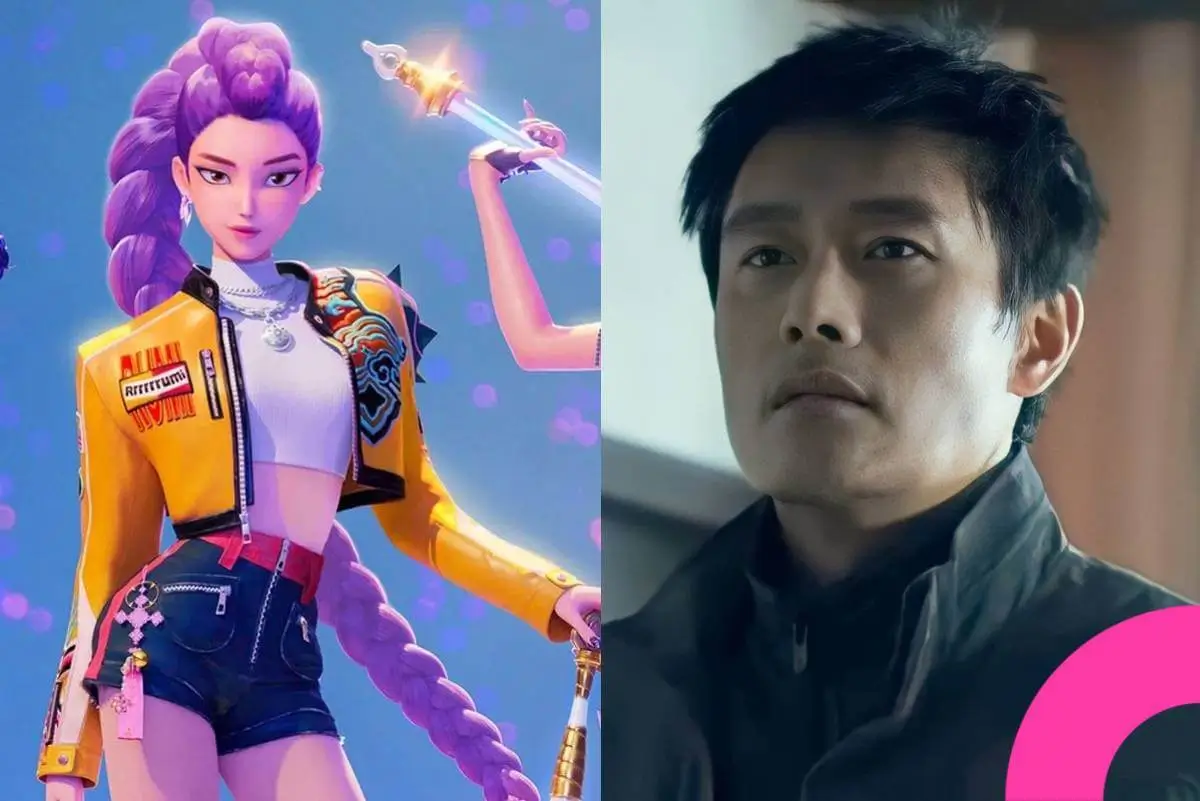
Following the global success of the Netflix film K-Pop: Demon Hunters, director Maggie Kang shared insights in a Q&A session released on June 25, 2025.
The Netflix animated action-fantasy film K-Pop: Demon Hunters follows K-pop superstars ‘Rumi,’ ‘Mira,’ and ‘Zoey,’ who secretly protect the world as heroes behind their glamorous stage personas. With impactful music, distinctly Korean details, and the unprecedented genre of ‘K-pop exorcism action,’ the film has garnered explosive acclaim.
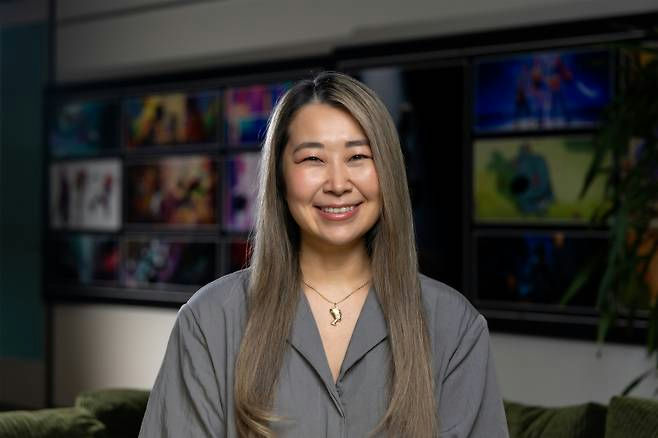
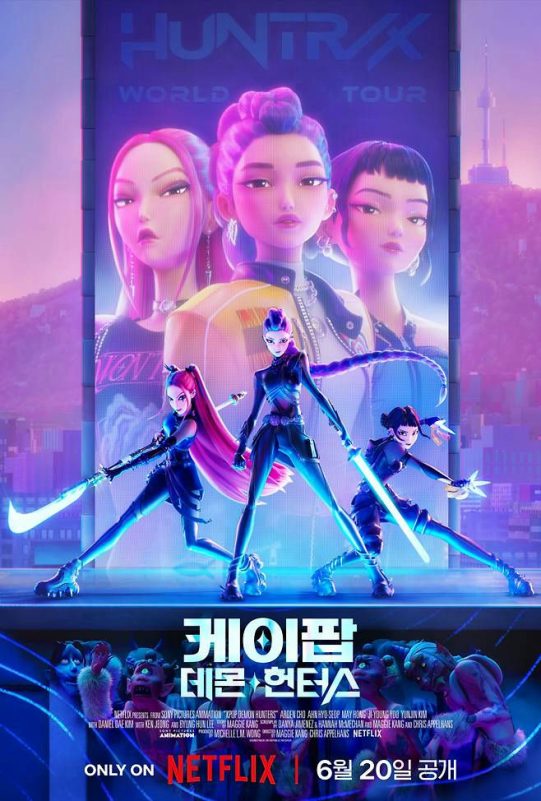
On choosing K-pop as the theme, Maggie Kang explained, “Even before working in animation, I always thought it would be amazing to have an animated film about our culture. When I got the chance to direct, I started brainstorming the story and, oddly enough, thought demon designs would be really cool.” She added that while envisioning realistic female superheroes, the concept of ‘demon hunters’ emerged. “Since their work is mostly covert, they needed a way to hide their identities, and that’s when K-pop came to mind. Once K-pop was incorporated, it became a musical, and the concert backdrop added a spectacular element, making K-pop the perfect fit,” she said, detailing the film’s origin.
Maggie Kang also highlighted the significance of collaborating with Korean actors like Lee Byung-hun and Ahn Hyo-seop. “Working with active Korean actors was a key mission. This isn’t a story about Korean-Americans but about Koreans living in Korea today,” she explained. She expressed admiration for Lee Byung-hun, noting, “As the first Korean artist to break into Hollywood, I deeply respect and appreciate him.” On Ahn Hyo-seop, she said, “Working with an actor who embodies the quintessential K-drama male lead was our dream. Ahn Hyo-seop brought authenticity to the story and characters.”
Below is the full Q&A with Maggie Kang.
Advertisement
Q: Your thoughts on the popularity and buzz around K-Pop: Demon Hunters?
Making this film came with a lot of worries about how audiences, especially Koreans in Korea, would receive it. The overwhelmingly positive response has eased my nerves, but it still feels surreal.
Q: Have you heard real-world reactions to the film’s success?
In Korea, my cousins and family send me YouTube links and articles, so I’ve felt the positive response there. People I haven’t spoken to in years, from my school days, have reached out via messages and DMs. The Korean production team also mentioned receiving many DMs from their families.
Q: What cultural background shaped you, what did you study, and what films, dramas, books, or music do you enjoy?
I was born in Korea, but when I was five, my father’s job took us to Toronto. Initially, we thought we’d return after a couple of years, but after five years, my parents decided to immigrate to Canada. Still, I spent every summer vacation in Korea during elementary school, playing with cousins, watching Korean TV, and listening to Korean music, so I grew up immersed in Korean pop culture.
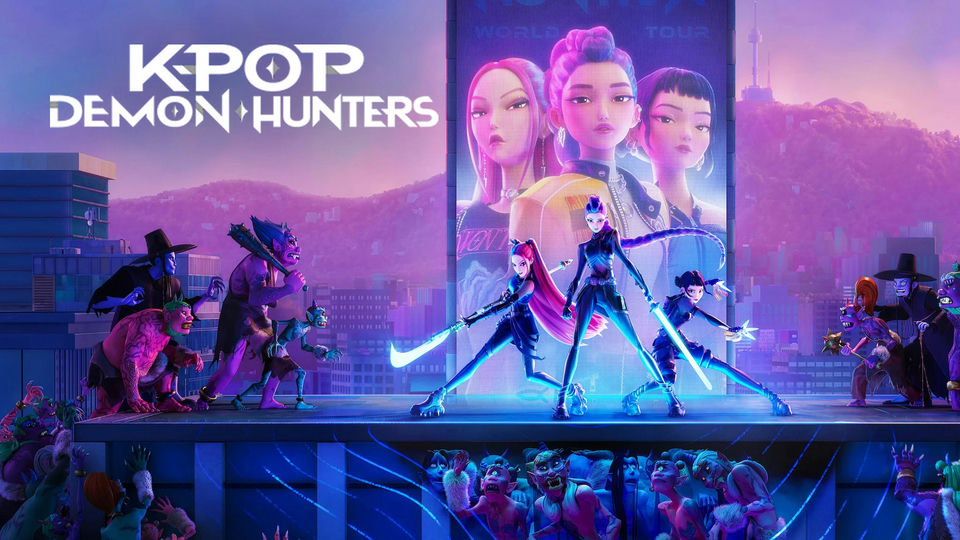
My father loved watching films, so I grew up with works by Kurosawa, Fellini, Kieslowski, Wong Kar-wai, and Chaplin, sparking my interest in storytelling and filmmaking. As a child, I wrote short films and drew character designs. My parents saw my artistic talent and supported me in pursuing it. I studied 2D animation at Sheridan College, a renowned animation school near Toronto. In my third year, we made a short film as a graduation project, and during ‘Industry Day,’ studios like DreamWorks, Blue Sky, and Nickelodeon recruited from our school. I interviewed with all three and was invited to apply for DreamWorks’ training program, which selected six out of hundreds. I was chosen and began my animation career, working as a storyboard artist at DreamWorks for 10 years, followed by stints at Blue Sky, Warner Animation, and Illumination. While at Warner as a supervisor, I felt ready to direct and started developing original projects.
Q: What inspired you to make a K-pop-themed film, and how did you develop the story with K-pop idols?
I didn’t set out to make a K-pop movie. I always thought an animated film about our culture would be amazing. When I got the chance to direct, I brainstormed and found demon designs intriguing. Images like grim reapers, goblins, and water ghosts—unique to Korean culture—wouldn’t appear in Western projects. While superhero stories are common, I wanted to reimagine them with realistic female characters who are funny, a bit silly, make weird faces, and love food—honestly, characters like me. Demon hunters work in secret, so they needed a cover, and K-pop came to mind. With K-pop, it became a musical, and the concert backdrop added spectacle, making it the ideal theme.
Q: Did Korean shamanic rituals (gut) influence the musical elements?

Gut, with its music and dance to ward off spirits, perfectly matched the film’s concept. It’s already part of Korean culture, and I thought it was a brilliant idea. Since most Korean shamans are women, it connected well. I also wondered if gut might be the original concert. Linking shamans to the story felt like a great idea.
Q: Why do you think K-pop and Korean culture resonate globally?
Koreans have incredible passion, pouring emotion into everything they do, and people worldwide feel that. Nowadays, anything with ‘K’—K-pop, K-beauty—thrills Americans. Seeing this, I realized Korean culture has become globally influential, inspiring me to make this film.
Q: How was the music production process?
We wanted authentic K-pop music, not traditional musical theater where characters sing their emotions. Since the protagonists are K-pop idols who perform concerts and write songs, this approach worked perfectly. We aimed for high-quality, authentic K-pop tracks and collaborated with a Korean K-pop label. As a fan of Teddy from 1TYM, I chose to work with The Black Label. Their music matched the vibe of ‘Huntrix.’ Executive music producer Ian Eisendrath, known for Wicked and Snow White, joined us, along with composers who worked with BTS and TWICE. We aimed for music that could pass as K-pop in the market.
The challenge was that no one had made a K-pop musical before. Composers revised tracks seven or eight times, sometimes rewriting entirely when the story or music needed changes. This was unfamiliar for K-pop composers, making it a complex, multilayered process.
Q: How did you select Korean music, and what was it like collaborating with TWICE?
During storyboarding, we visualize scenes, edit them, and add temporary music and voices—often mine. I tested EXO and Melomance tracks, which fit perfectly and were finalized after licensing and scoring. Republic Records, a partner who worked with TWICE, suggested their song Strategy. I was thrilled, as TWICE is globally beloved, and their music brings joy, aligning with the film’s message of happiness and energy. For Takedown, we let TWICE choose a song to cover, and they picked it. Our team was ecstatic, and TWICE enjoyed the film, even promoting it, making them an ideal partner.
Q: The visuals of ‘Huntrix’ and ‘Lion Boyz’ are said to be inspired by real K-pop idols. How were they designed?
We didn’t base designs on specific groups or members. My co-director Chris, other artists, and I created a mood board of our preferences, which grew to include nearly every idol. Viewers might associate characters with typical K-pop roles—like the maknae or the athletic one—but the designs drew from all K-pop groups collectively.
Q: Any favorite Korean actors, musicians, or recent K-content you enjoyed?
Before getting busy with the film, I watched dramas like Business Proposal, where I became an Ahn Hyo-seop fan. A scene where he spoke perfect English convinced me he was perfect for ‘Jinwoo,’ a role requiring fluent English. I also enjoyed Mr. Queen and Weightlifting Fairy Kim Bok-joo. Growing up, I admired Lee Byung-hun, Lee Jung-jae, Jung Woo-sung, Shin Dong-yup, Yoo Jae-suk, Kim Yun-jin, Bae Doona, and Jeon Do-yeon.
Q: How did you blend K-pop with Korean traditions in the story?
We wanted the film to feel distinctly Korean, incorporating Korean elements into every scene and design, like Huntrix’s outfits. I couldn’t do it alone; many Korean team members joyfully contributed, having waited for such a project. Animators crafted lip movements to mimic Korean speech, even in English, and reactions were styled Korean. We fixed details like upside-down Korean text on snack packaging with team input.
Q: How did you approach the visual design of the tiger and magpie characters?
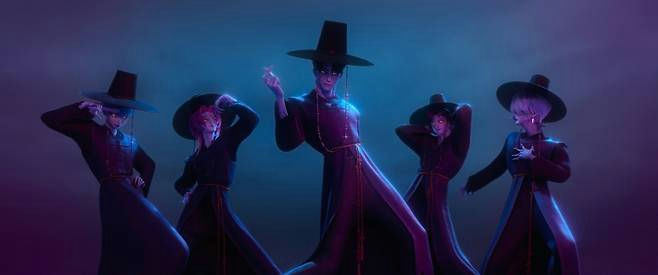
Artists drew inspiration from Korean folk paintings (minhwa), creating a tiger design folder. Initially, we didn’t know how to use the tiger, but when Lumi and Jinwoo needed to communicate—since Jinwoo, an old soul, wouldn’t text—we thought a tiger delivering letters would be fun. The three-eyed magpie was designed by art director Celine Kim.
Q: How did you ensure accurate depiction of Korean culture?
Much came from my childhood experiences, like favorite foods I wanted to see animated. Food is central to Korean culture, so despite animation challenges, we included it. An artist on X mentioned suggesting napkins under chopsticks, a key detail. We took a team of 10 to Korea for research, visiting Bukchon to capture details like steep alleys, the Folk Village, and Myeongdong’s street designs, taking photos to ensure authenticity.
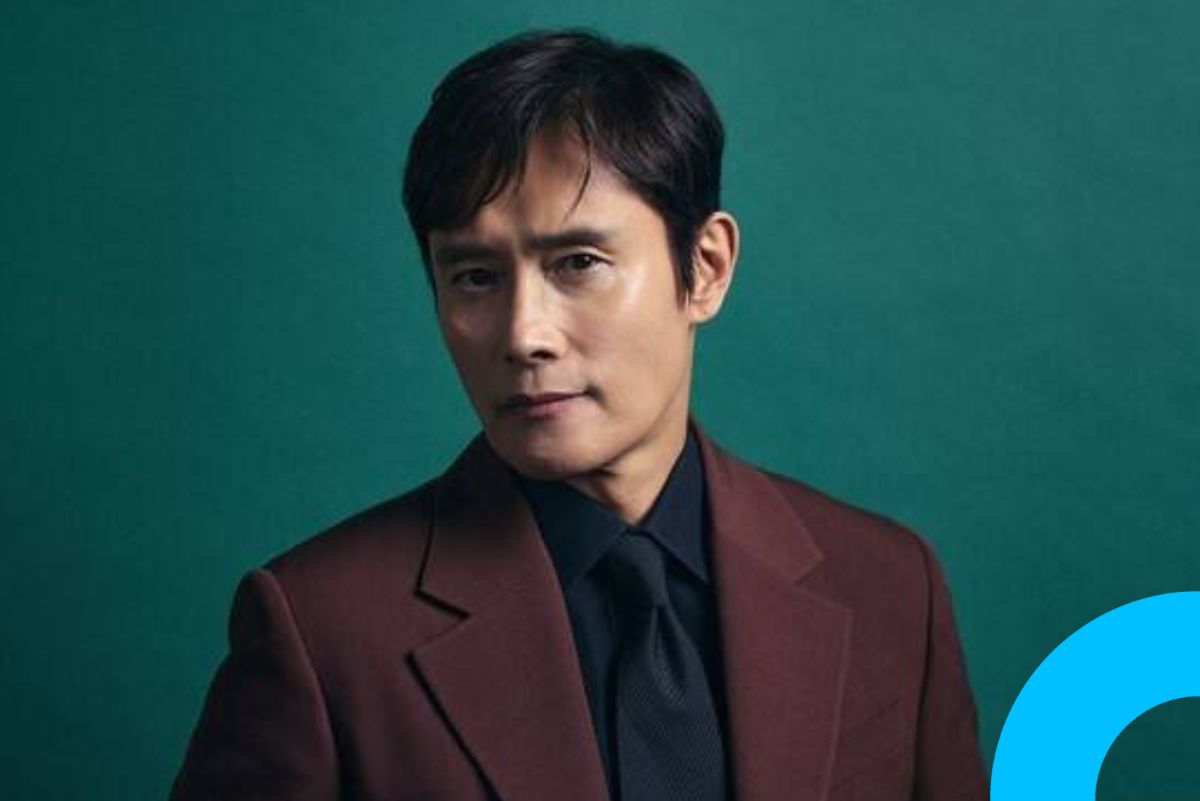
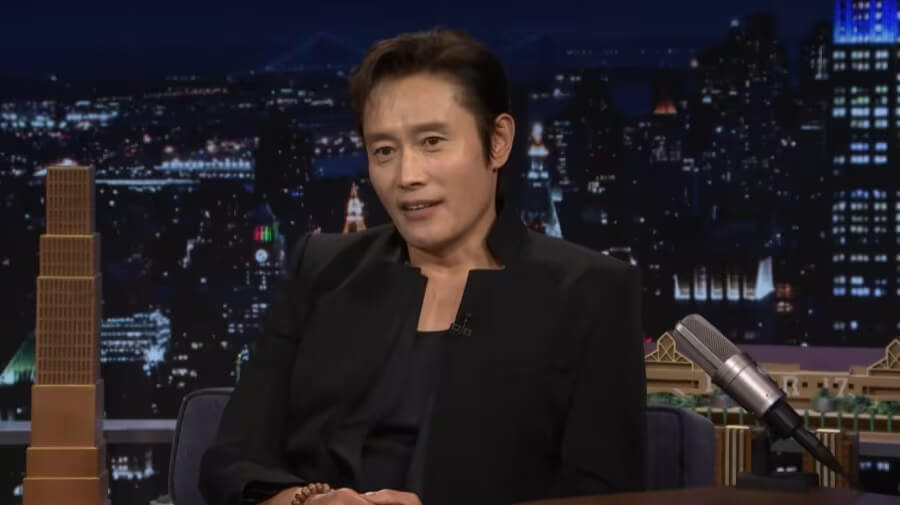
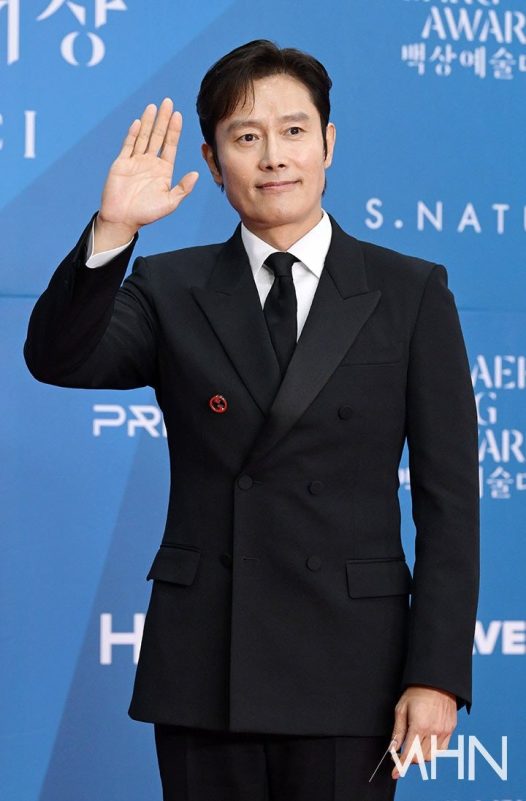
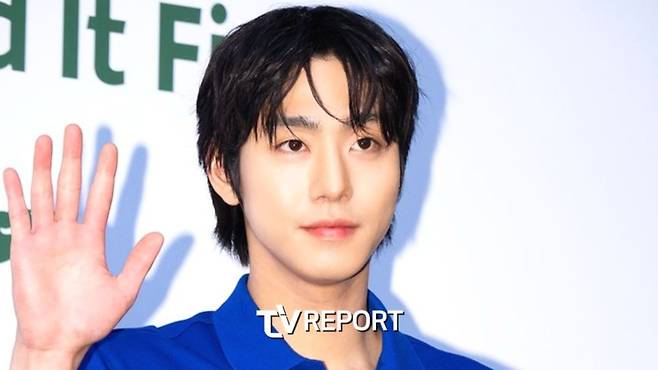
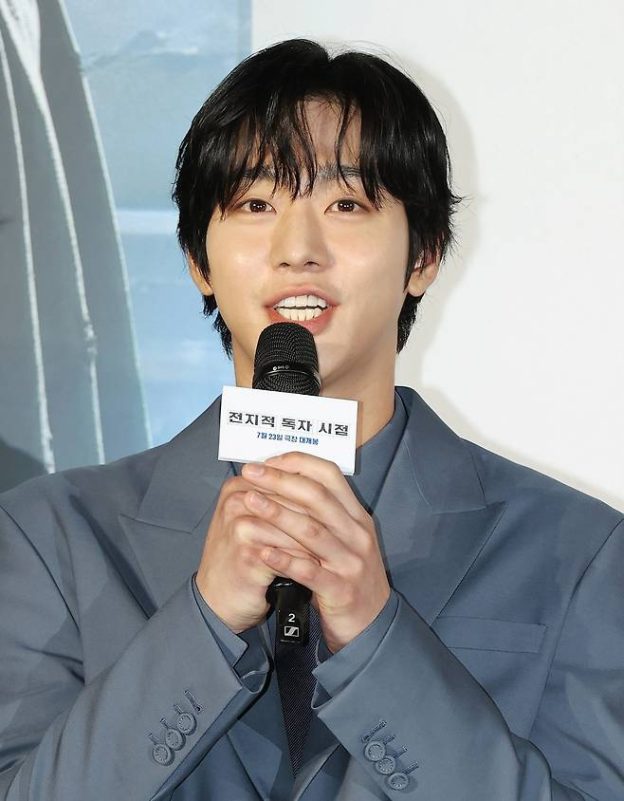
Q: What was it like working with active Korean actors for dubbing?
It was an honor, especially with Lee Byung-hun. Pitching the story to him was memorable; he asked many questions and loved the concept, agreeing to join. Kim Yun-jin was impressed by the blend of modern and traditional Korean elements. Working with active Korean actors was crucial to tell an authentic story about Koreans in Korea today, ensuring cultural legitimacy. Lee, as the first Korean in Hollywood, and Ahn, a K-drama heartthrob, added authenticity.
Q: What message did you want to convey through Rumi and Jinwoo, who face insecurities and fears?
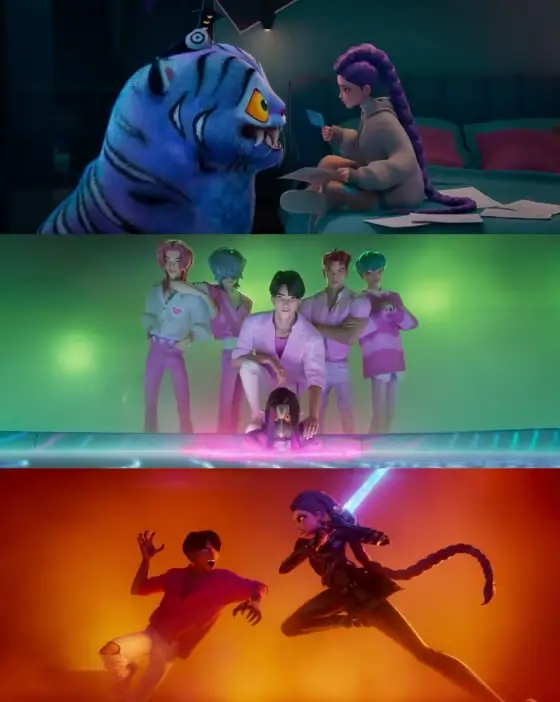
We all carry insecurities and fears that can hinder connections with others. The film shows that while fully accepting these is hard, striving to overcome them is possible, allowing us to become our true selves and form genuine bonds.
Q: The film, made in English, promotes Korean culture globally. Your thoughts?
As a Korean raised in North America, I straddle both worlds. Promoting Korean culture in English feels natural to me. A fully Korean film made by an American company showcases Korean culture’s strength and global influence, which I take great pride in.
